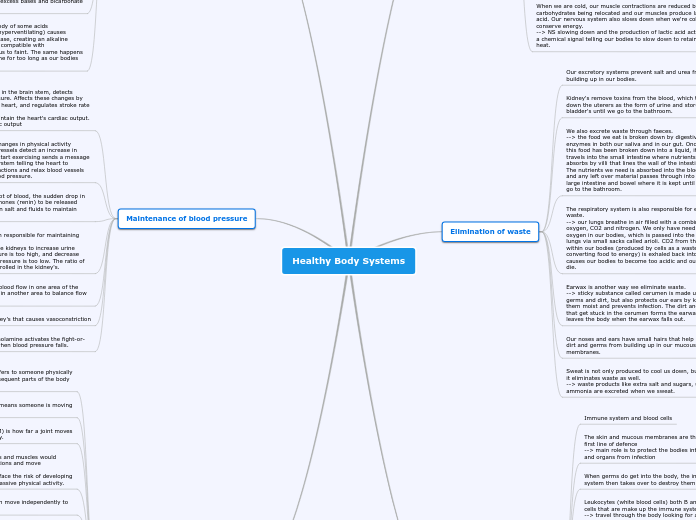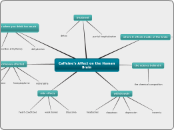par Jaymie Burgess Il y a 6 années
120
bjaymie@y7mail.com
The body maintains blood pressure through a complex interaction involving the cardiovascular center in the brain, which detects changes in pH and blood pressure and sends nerve impulses to the heart to regulate stroke rate and cardiac output.









